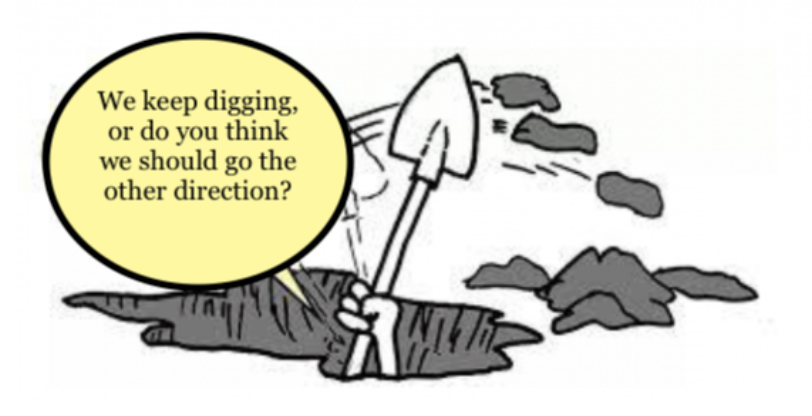Some days ago, my car made an uncomfortable sound and I immediately thought ‘something is wrong with my right front wheel’. I went to the garage and told them what, in my opinion, was wrong with my car. They said they would have a look at it, and I could pick up the car in two days. Two days later I went to the garage to pick up my fixed car. One of the fitters walked with me to the car. He told me the following. Fitter: “so we fixed it sir, it was indeed your right front wheel. You came to us right on time, it really could have been much worse! But again, we fixed it, but I have to say, please be careful your front wheel can break! It might look strong but wheels can break, so especially if you turn to the right on a high speed please be careful! On the other hand, it is a beautiful car only two years old, please feel free to come back to us if you have any problem!” And after paying the bill I drove out of the garage…..carefully.
Looking at the extensive literature on prevention and treatment for low back pain (LBP) we can conclude that many, different, treatments are effective. On the other hand, LBP becomes an increasing worldwide problem, so what are we missing (Buchbinder, 2018*)? Bill Fordyce once said: “when you’re in a hole, stop digging!”. Maybe it is time to reconsider our strategy for low back pain (and chronic pain).

When a person perceives low back pain there is a reasonable change that his/her first thought will be ‘something is damaged in my back’. In 90% - 95 % of the cases however this is an inadequate perception. If somebody with LBP goes off to see the general practitioner or another HCP the explanation for the cause of pain will often be somatically orientated. Most HCP’s are educated in somatic diagnosis and belief these are the cause of low back pain. However, often these HCP are capable of improving capacity and alleviating pain; as said before many studies for LBP show positive results. And therefore a somatically oriented perspective on low back pain seems to be not so bad after all, right? So what’s wrong?
We call this process somatization. Blaming anatomical structures within the lower back or distinct pathophysiological diagnoses for, on itself, innocent complains such as low back pain. This ‘reduction of innocent complaints’ is in contrast with LBP’s very good natural course; the best strategy is the wait and see and a don’t worry strategy. Furthermore, research show us that somatic disturbances do not seem to be that important. We are not cars that need to be fixed!
Somatization depends on, implicit or explicit, socially and culturally driven models of low back pain in a specific society. Somatization for the cause of a pain will lead, at least in groups of patients, to perceptions of a somatic threat. Especially in Western societies ‘somatic’ diagnoses such as bad posture, wear and tear, instability, trigger points, herniated disc etcetera are highly prevalent. On the one hand, treatments (following the somatic explanation) targeting these alleged somatic causes can be, as said before, successful. Patients are satisfied, pain can be alleviated but the question is on the other hand which perception (or emotions) will remain in a patient’s mind? What will they learn from this treatment experience? Will the ‘driver’ be completely fearless or will his/her brain, unconsciously, be anticipating on potential threatful situation related to pain?
So the question is; what’s the perception of a patient about his back (or neck) after treatment? Does the patient still perceive its back as being in a potential danger, is there fear? Or is the body perceived as more vulnerable? After years of physical explanations and treatments the strongest driver in this process might be the social driven perception of pain and the expectations of treatment. So, for treatments; do whatever you think that’s good for low back pain as long as you do not make it a threatful perception leading to careful driving.
Prof. dr. C.P. van Wilgen
Psychologist, physical therapist and epidemiologist. Transcare (www.transcare.nl) VU Brussel & Pain in Motion.
@PWilgen
2019 Pain in Motion
References and further reading:
Buchbinder R, van Tulder M, Öberg B, Costa LM, Woolf A, Schoene M, Croft P; Lancet Low Back Pain Series Working Group. Low back pain: a call for action.
*This article is available free of charge after registration at Lancet